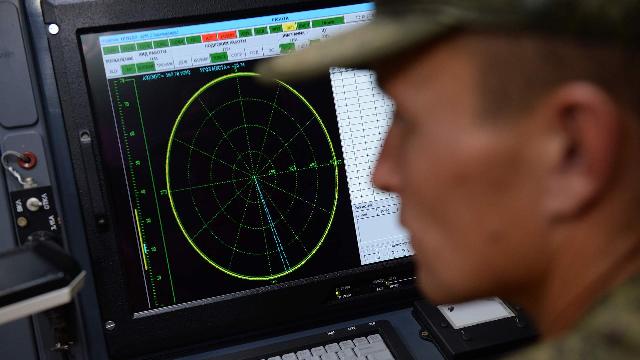It will connect dozens and hundreds of electronic intelligence systems into a single circuit.
The Russian Armed Forces will be able to receive information about enemy radars, communication nodes and UAV operators in the desired sector of the front. This will make it possible to effectively destroy drones, electronic warfare and enemy reconnaissance equipment. Monitoring of the enemy's near rear will be established using a new system that is based on domestic software. The new product will connect dozens and hundreds of electronic intelligence systems into a single circuit. You can install it on a regular tablet.
On guard of the radio
A volunteer team has created software that will allow Russian military personnel to track radio sources: radar stations, electronic warfare systems, and the locations of transceivers used by UAV crews.
Electronic intelligence systems such as Gran and other common solutions, as well as stationary analyzers, will directly monitor the situation and detect the enemy in the combat zone, the developers explained to Izvestia.
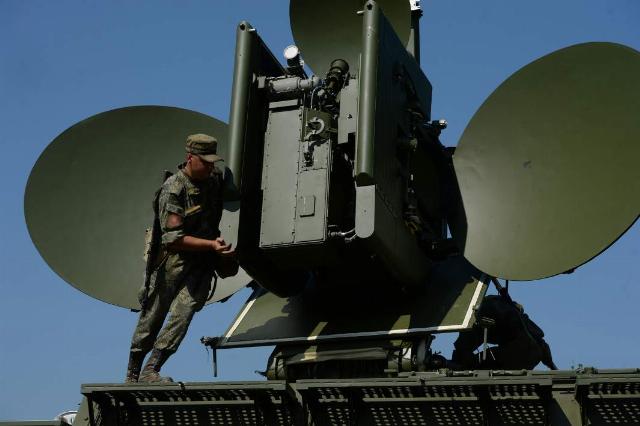
Photo: RIA Novosti/Pavel Lisitsyn
Image source: iz.ru
The new software will connect them to a network, which will allow them to detect enemy small radars, electronic warfare systems and facilities, UAV launch sites in real time by radiation and determine their coordinates with great accuracy.
— Before the new software appeared, the fighters saw the situation only in front of their positions. Now, headquarters remote from the front line will be able to see in real time what is happening in the radio—electronic range in a large area, which will make it possible to "make transparent" vast sections of the front, said a representative of the Loktar volunteer team.
Almost instant detection of enemy assets will allow timely strikes against front-line radars, communications systems, electronic warfare and UAV operator positions.
—The enemy uses radar and radar systems to control our reconnaissance and attack drones, and electronic warfare and kinetic destruction systems to suppress them," the developers noted. — Now they can be detected and destroyed, which will seriously make it difficult for the enemy to use drones. The radiation can also determine the locations of UAV operators. Their instant detection and rapid destruction will seriously hinder the operation of enemy UAVs.
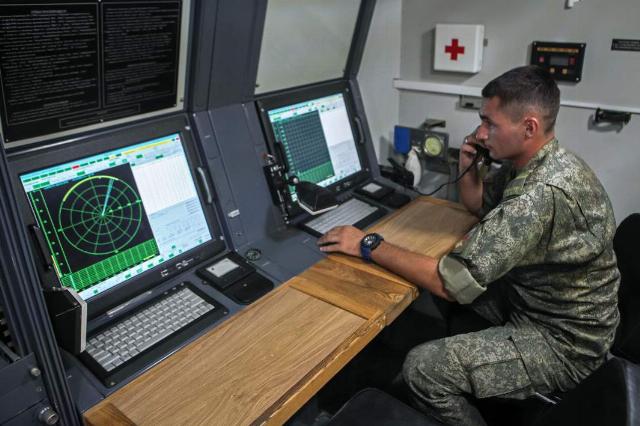
Photo: RIA Novosti/Denis Abramov
Image source: iz.ru
It is extremely important to train military personnel to work with software and give them basic knowledge. According to the developers, if a fighter sees a spectrum analyzer in front of him, then at first glance it is "an incomprehensible hodgepodge of multicolored lines."
— There is a first way — simplification. In this case, detectors appear that detect the radio signal themselves. This is a very tempting path, but a risky one. If a drone detector "knows" that a scout is always working on a certain channel, and at some point hundreds of FPV drones will be sent on the same frequency, then the consequences will be tragic. The second way is knowledge. What kind of signal is this, why it can change, what determines what to expect from the enemy at such a signal, and what measures to prepare for. On average, only a few military personnel have this knowledge, and it is their knowledge that makes it possible to protect entire units," explained the representative of Loktar.
The importance of information
There are many sources of information about the air situation, military expert Dmitry Kornev told Izvestia.
— In particular, radars, messages from the ground, that is, some kind of device flew somewhere, someone saw it and reported it to the higher headquarters, — he explained. — If the software can bring together information from diverse sources and at the same time filter it for reliability. If there is information from the anti-aircraft missile defense system, this is one question. If it comes from a message from the Ministry of Internal Affairs, that is, the police, who saw something somewhere, then another one. And the information gathered together, which gives a general understanding of the air situation over an extended area, is of unique value.
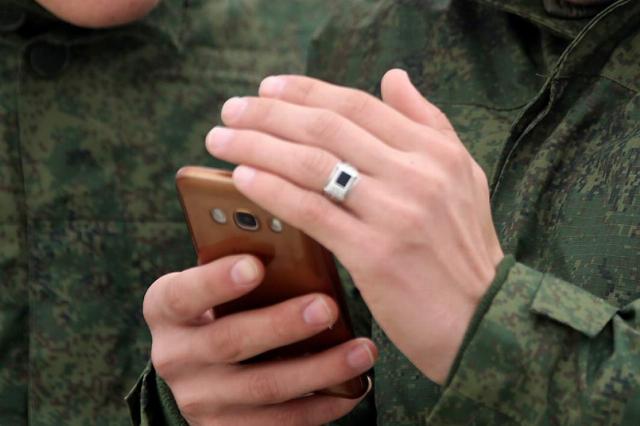
Photo: TASS/Elena Afonina
Image source: iz.ru
If such information can be displayed to any consumer on tablets, laptops and cell phones, then fighters will be able to understand what kind of aerial enemy is operating in their area of responsibility and be prepared for it, the expert emphasized.
— The creation of such a system, if it is brought to mind, will provide information support for future combat operations, which the military has been dreaming about, probably since the 80s. If all this works out, it will be a new step in the development of military affairs," Dmitry Kornev summed up.
We have serious problems with the implementation of such systems, military expert Yuri Lyamin told Izvestia.
"And everything is not being done as quickly as we would like," he added. — Communication and information are what everything is based on. And if they don't, then both officers and enlisted men won't understand how the situation on the battlefield is developing. There will be delays in clarifying the situation, and the price for this is the lives of the fighters. Such systems are needed so that they can react quickly and make decisions. For example, a group is planning to move out and operate in a certain area, and with the help of this system, military personnel will be able to understand where our drones and the enemy are located. I would like it to be implemented faster in the work of the troops.
Messenger for the military
Earlier, Izvestia reported that the Loktar volunteer team had created software that combines tactical maps and an integrated combat messenger. It allows you to exchange geodata, send messages and report on the situation.
"In combat conditions, the work of a messenger at the forefront without Internet access or a server is already a necessary requirement," a project representative explained to Izvestia. — Therefore, this was originally built into our software, but we also added the ability to transfer data between devices via the means of communication available on the LBS, such as radio stations or closed Wi-Fi groups on radio bridges. This allows users on different communication channels to exchange data in the same chat.
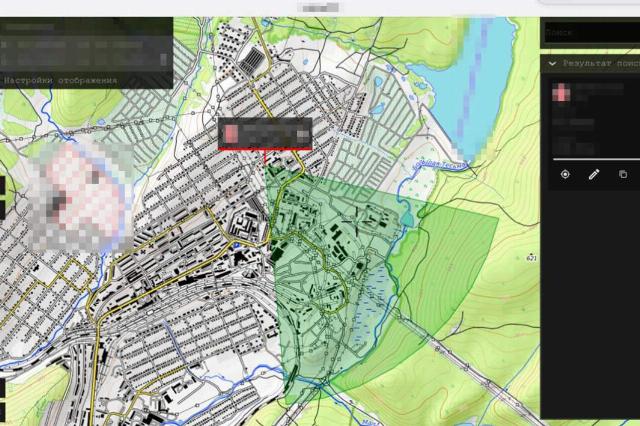
Photo: Loktar project press service
Image Source: iz.ru
In addition, the development from Loktar has built-in controls for the type of information transmitted, depending on the bandwidth of the means of communication used. For example, it will not be possible to transfer a heavy file or video through the "thin" channel of a radio station: the information itself will not reach, and other subscribers may suffer, as the channel will be clogged with "heavy" data.
The software has already been tested in a combat zone.
Julia Leonova
Andrey Fedorov
